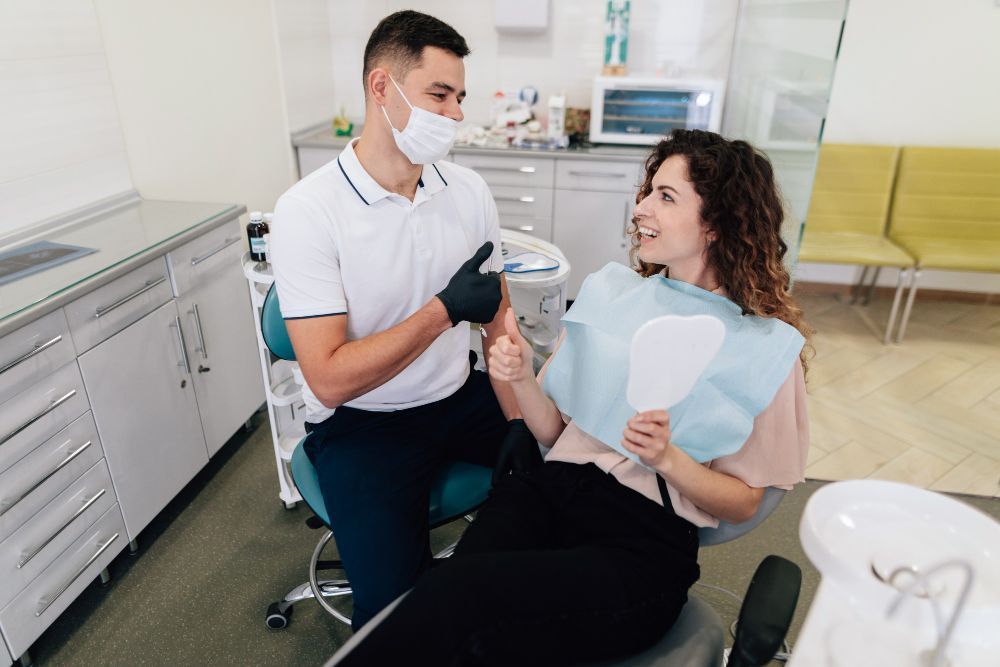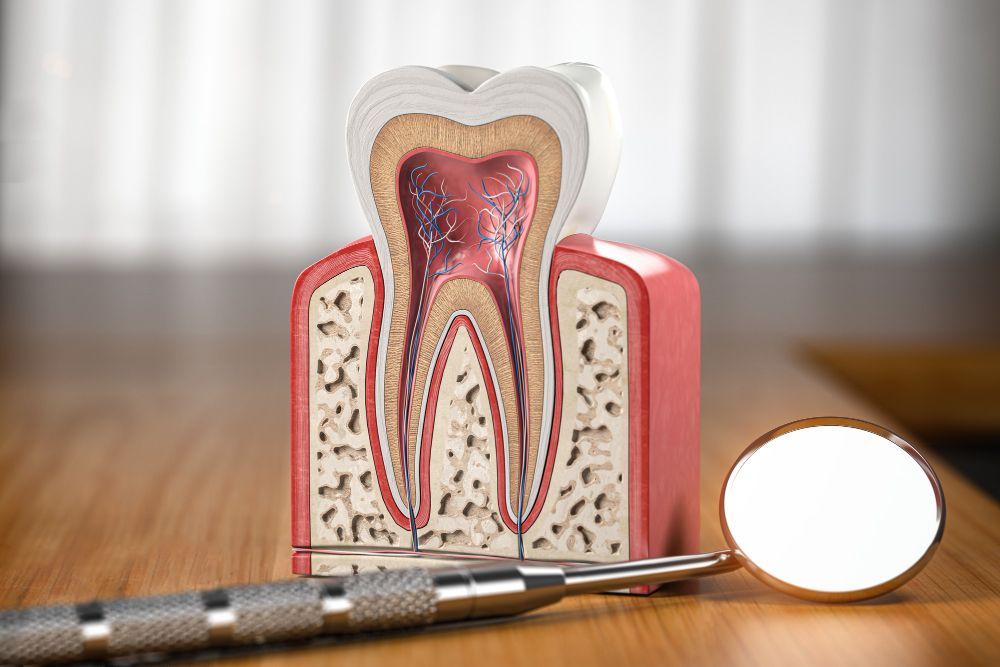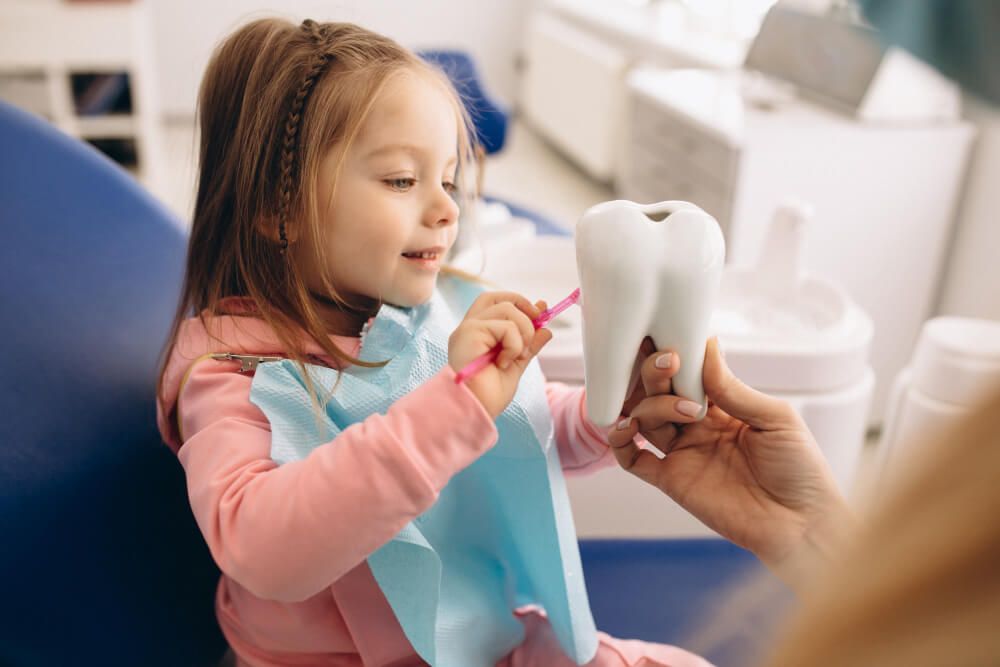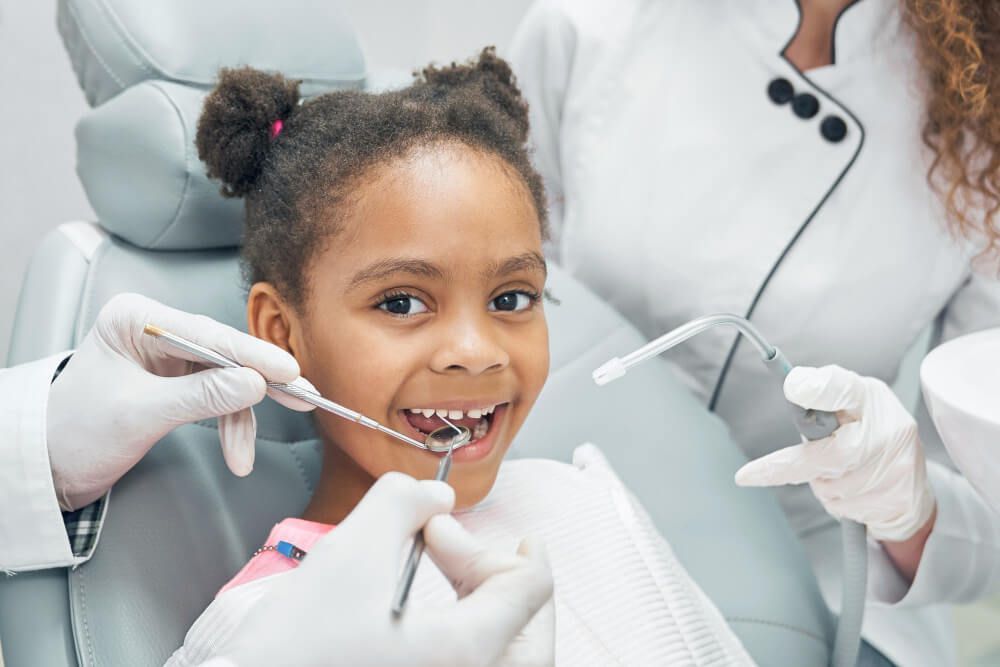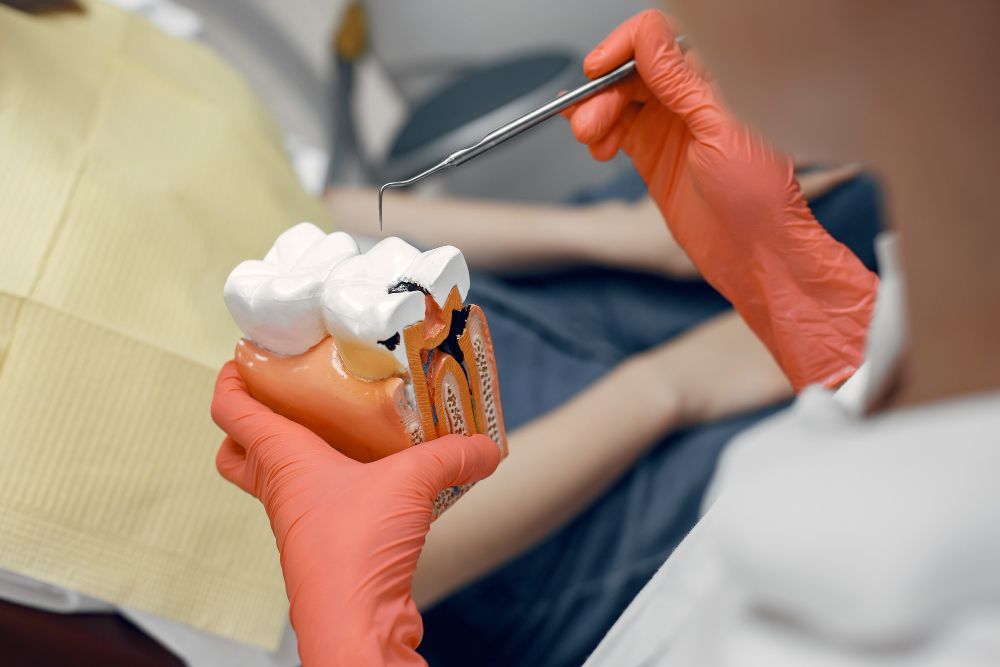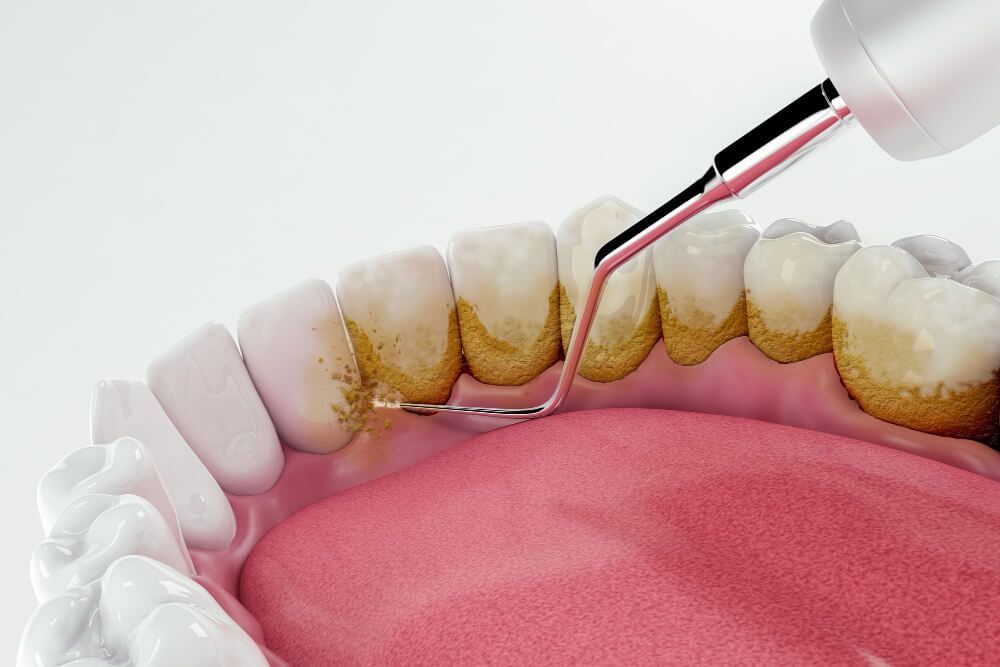Dental Floss: why you should use it and 5 benefits of doing it
Dental Floss: why you should use it and 5 benefits of doing it

Why you should floss?
Flossing is an important part of oral care. It helps remove plaque and bacteria from teeth and gums, and it can also help to prevent gum disease. In addition, flossing can help to remove food particles that may be trapped between teeth. When these particles are not removed, they can eventually lead to tooth decay.
5 proven benefits of flossing?
Though it may seem like a tedious chore, flossing your teeth is actually one of the most important things you can do for your oral health. Here are five proven benefits of flossing:
1.Reduces plaque build-up. Plaque is a sticky film of bacteria that constantly forms on your teeth. If left unchecked, plaque can lead to gum disease and tooth decay. regular flossing helps to remove plaque before it can cause these serious problems.
2. Helps to prevent gingivitis. Gingivitis is an inflammation of the gums that can lead to bleeding and discomfort. However, gingivitis is easily reversible with good oral hygiene, including regular flossing.
3. Can help you to avoid cavities. When plaque is not removed, it can harden into tartar, which allows cavities to form. Flossing helps to remove plaque before it has a chance to turn into tartar.
4. Freshes your breath. Plaque and tartar can contribute to bad breath by providing a place for bacteria to grow. Flossing helps to remove these odor-causing substances from your teeth and gums.
5. Flossing can save you money in the long run. Good oral hygiene habits, like flossing, help to prevent costly dental problems down the road. By taking care of your teeth now, you can avoid expensive procedures later on.
How often should you floss?
Flossing is an important part of oral care, yet many people do not floss as often as they should. Dentists recommend flossing at least once a day, and ideally before bedtime and brushing. In addition, flossing helps to stimulate the gums, which can improve overall oral health. While it may take a little time to get into the habit of flossing regularly, the benefits are well worth the effort.
How to floss correctly?
Flossing is an important part of oral hygiene, but it can be difficult to know how to do it properly.
The first step is to choose the right type of floss for your needs. There are many different kinds available, so it is important to find one that is comfortable to use and easy to handle.
Once you have the right type of floss, you can start flossing by wrapping the floss around your middle finger. Next, insert the floss between your teeth and use a back-and-forth motion to remove plaque and debris.
Be sure to floss gently so you do not damage your gums. When you are finished, throw away the used floss and rinse your mouth with water. With a little practice, you will be able to master the art of flossing in no time!
For more information on how to floss correctly you can see our guide Recommended Flossing Techniques
